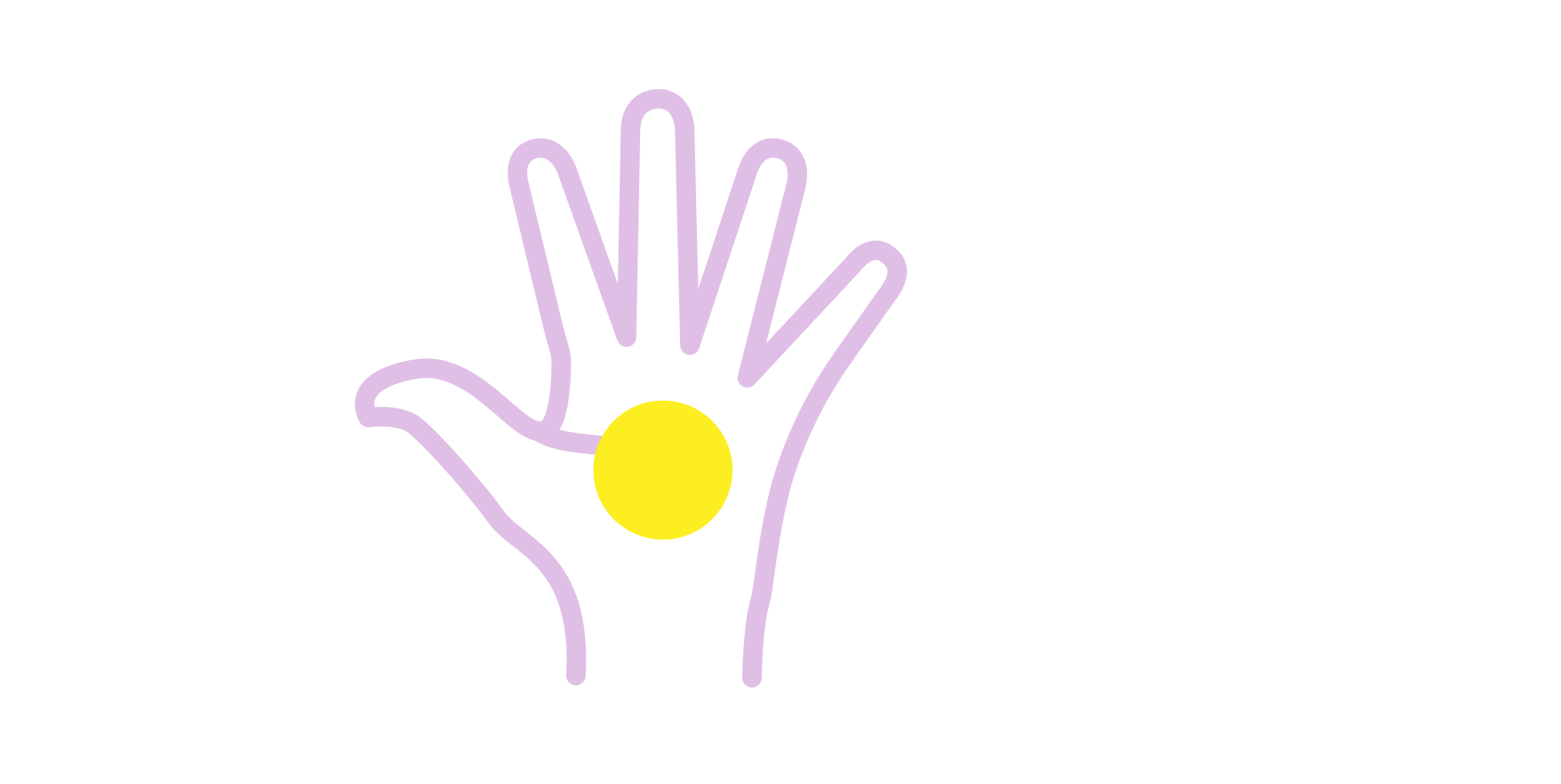How to Use Onto and Into - Prepositions
On/Onto:
On tells us that someone or something is visibly in contact with and supported by a surface. For example, “The book is on the shelf.”
Onto expresses the movement or action that resulted in someone or something being in contact with and supported by a surface. For example, “I put the book onto the shelf.”
A sentence containing both prepositions would look something like this: “She was on the step outside her front door and then she walked onto the lawn.” So, as you can see, on establishes the position of the woman (on the surface of a step outside her front door), and onto expresses her movement from one surface to another (walked from the step to the garden).
Useful learning tool:
A quick and easy way to learn the difference between on/onto and in/into, and how to apply them correctly, requires only your hands and something small, like a coin. Starting with the difference between on and onto, first open your left hand so that your palm is facing the ceiling. Now, using your right hand, place a coin in the middle of your left palm. The coin is now on your hand:

By placing the coin there, you have put the coin onto your hand:

Now move on to In/Into.